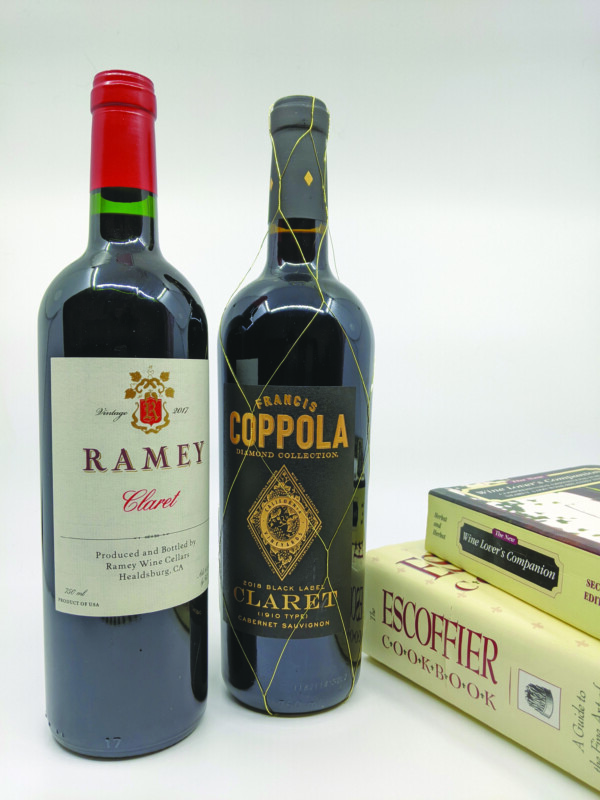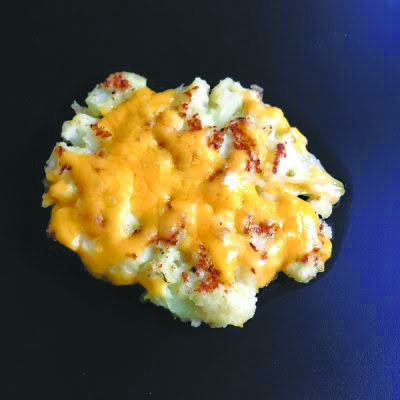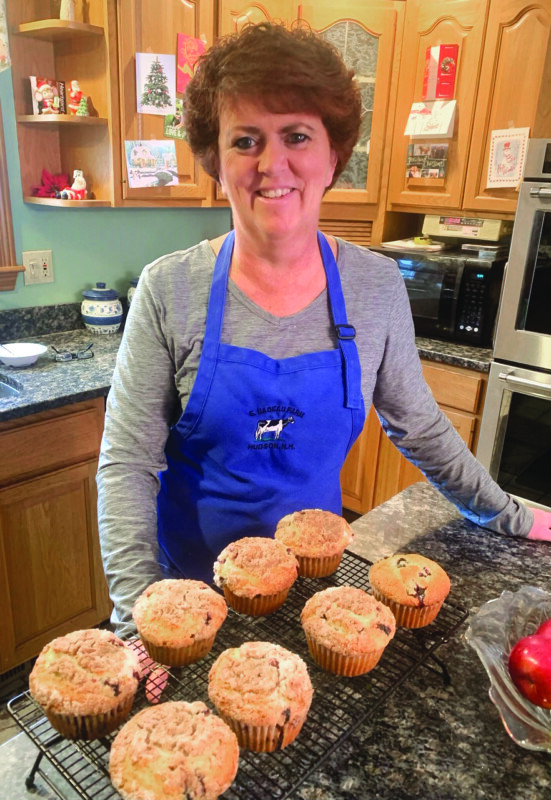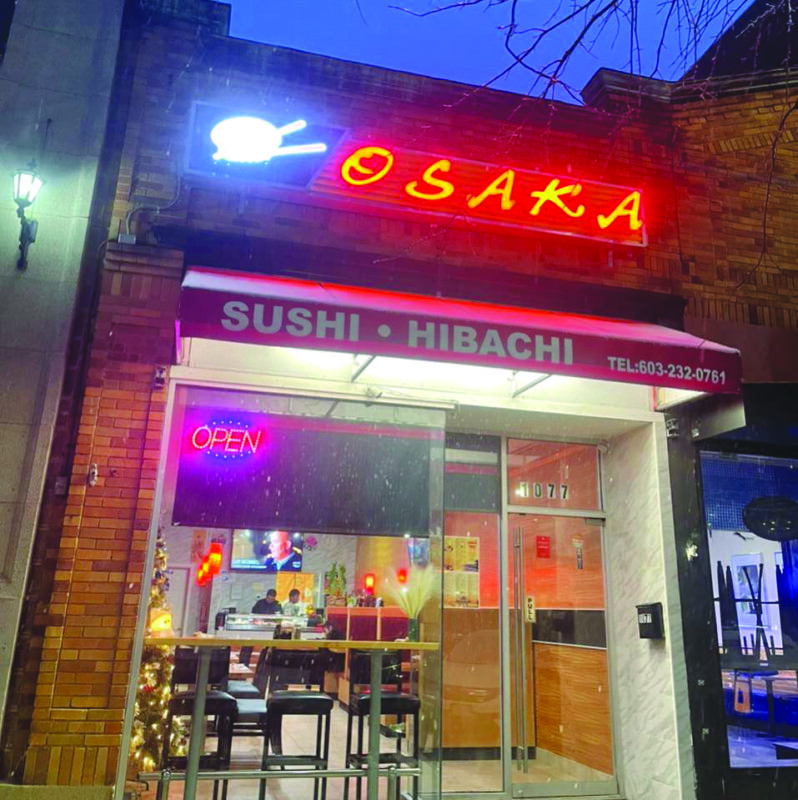Get to know claret
The Wine Lover’s Companion, a compilation of “nearly 4,000 wine-related terms,” defines claret as a term used by the English when referring to the red wines from Bordeaux. It’s derived from the French clairet, which refers to a Bordeaux wine with a style somewhere between a red and a rosé, or a light refreshing young wine. It originated in the Middle Ages when, as a dark rosé, spices were added to increase its complexity. “Claret” continues to appear on some labels, but to the French it has no legal definition.
Claret is known as a name for sweet, red wine sauce, poured upon spumoni or ice cream. August Escoffier, the noted 19th- and early 20th-century French chef and cookbook author who popularized and updated traditional French cooking methods, created a cocktail called the Claret Cup, a concoction of red wine, sugar, oranges, lemons, cucumber peel and brandy; something to warm you on a cold winter’s day.
Times and tastes change, and today a claret is known as a blend that favors the way Bordeaux are composed, that is with a base of merlot or cabernet sauvignon, with additions of cabernet franc and petit verdot, but today’s blends are not limited to just those varietals.
Our first claret, the 2018 Francis Ford Coppola Winery Diamond Collection Black Label Claret (priced at $19.99 at the New Hampshire Liquor & Wine Outlets), is a true Bordeaux blend of cabernet sauvignon, petit verdot, malbec and cabernet franc. Presented in a dark bottle with gold netting, this wine is the flagship of the Coppola Diamond Collection. The inspiration for this wine came from a bottle of 1906 claret found in the cellar of a Napa Valley property purchased by Coppola in 1975. While not fully understanding the origin of the term “claret,” Coppola liked the word because it implied something clear and pure; however, he was discouraged at first from using the term because Americans wouldn’t know what it meant.
The wine has a nose of dark cherries, and, to the tongue, berries, plum and anise emerge, accompanied by smooth tannins. As a blend, this wine varies from vintage to vintage, made from grapes that are grown across California to Oregon. The 2018 vintage is predominantly based on Napa Valley-farmed cabernet sauvignon grapes and has an alcoholic content of 13.9 percent.
Our second claret, the 2017 Ramey Wine Cellars Claret (priced at $46.99 at the New Hampshire Liquor & Wine Outlets), is a blend of 44 percent cabernet sauvignon, 20 percent merlot, 14 percent malbec, 12 percent petit verdot, 8 percent syrah and 2 percent cabernet franc. Ramey Wine Cellars is located just off the square of downtown Healdsburg, California. The dream of David and Carla Ramey, the winery seeks to produce wines of the highest quality, sourcing their grapes from vineyards with which they have worked for many years. This claret follows the Bordelaise model of blending the different Bordeaux varietals, with fermentation occurring in the barrel and the blend assembled early so it is “elevated” as the finished wine. This claret rested on its lees 12 months in French and American oak barrels, of which only 24 percent were new. The wine was then lightly fined with egg whites and bottled without filtration and released in March 2020. Alcohol content is 14.5 percent.
Robert Parker gave this wine a score of 92 points, deservedly, given its highly structured notes of dark chocolate-covered cherries and tobacco, derived from the time spent on oak. It has a medium-bodied, plush feel to the tongue, with an exceptionally long finish.
These two wines, from opposite ends of the spectrum, are both called clarets, a moniker we discovered that evolved from the Middle Ages to today’s blends. They are examples of the wide diversity of wine structure, body and taste that can be experienced from attention given to the detail of blending certain varietals, coupled with divergent methods of production.
Featured photo: Courtesy photo.







